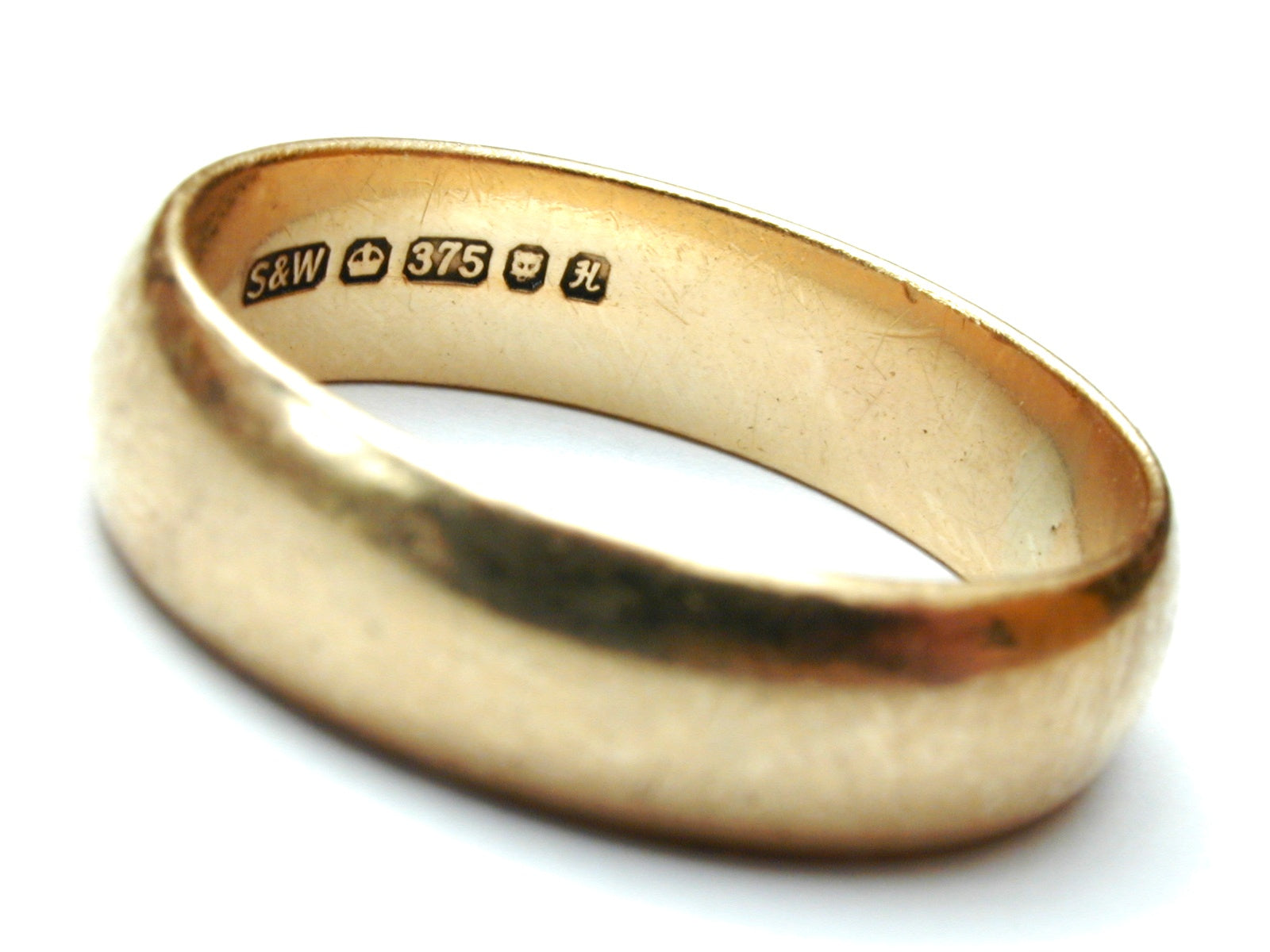WHAT DO THOSE MARKINGS ON MY JEWELRY MEAN?
Customers often ask us: “How pure is the gold, silver or platinum in my precious piece? How can I find out how pure my piece is?”
The most important thing is to understand that gold purity is marked in two ways. The gold, platinum or silver in jewelry are not pure. They are mixed with alloys both for strength and cost reduction, since pure metals are often too soft or cannot be shaped easily. So, if 24-karat signifies pure gold, then 14-karat (abbreviated “kt”) is 14 parts gold and 10 parts alloy (14 + 10 = 24).

Many European jewelry makers report the purity of a piece with the metric numbers (585, 750, 925, etc.), while Americans use the “karat” designations such as “14k” or “sterling.” To convert from karats to metric, divide the actual karat count by the maximum potential karat count (24). For example, 14 divided by 24 is 58.5, so a 14kt gold piece would be 58.5% pure gold and would get stamped as “585.” “Sterling silver” is 92.5% pure silver, so it might be stamped as “925.” Platinum is usually 90% to 95% platinum and 10% to 50% iridium alloy.
The metric and American systems line up as follows:
METRIC U.S.
375 9kt gold (lowest karat purity allowed in Great Britain)
416 10kt gold (lowest karat purity allowed in the U.S.)
585 14kt gold
750 18kt gold
916 22kt gold
925 Sterling silver
900 900 Plat 100 Irid (platinum)
Other markings indicate that an item is not gold at all, such as:
RGE or RGP = “rolled gold electroplate” or “rolled gold plate” (gold-plated costume).
1/20 14kt or 12kt = gold-filled jewelry that has 1/20 of gold in it (thicker than costume plating but still not solid gold).
- 14kt gold overlay = similar to gold-filled above, with a heavy gold layer over non-gold.
Metal purity also affects durability, but often not in the way you’d expect. Gold is actually a very soft, heavy metal that wears easily, so alloys are mixed in to make it lighter, less costly andmore durable. 14kt gold will not scratch as easily as 18kt gold. And the alloys in white gold are stronger than those in yellow gold, so white gold prongs are more secure than yellow gold prongs, making them a safer metal to hold your diamond.
If you have questions about what kind of jewelry you have, feel free to bring your pieces into either of our locations so that our experts can have a look for you. In some cases, we may have to use testing equipment that is not available for home use.



